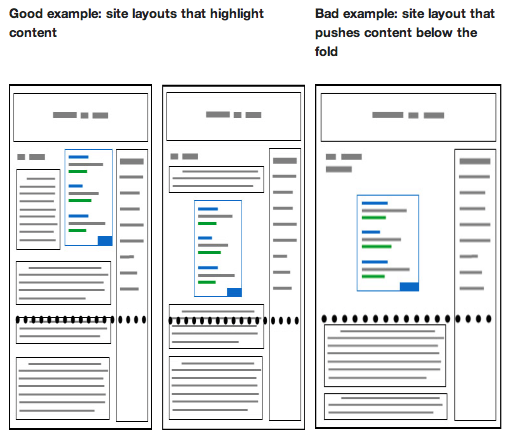Before I came up with the idea to create Pro Start Me, I talked to a lot of entrepreneurs. The list included entrepreneurs who 1) had ideas but did not start working on them yet, 2) were working on an idea in the early stages, 3) had first or second versions ready, 4) have gone through failures and finally 5) sold their startups.
Most of them, even those who were successful, faced one common problem. They did not position their products well, which led to a great deal of confusion and eventually lack of confidence in the product. Mind you, these are not naive people, they are all smart and creative people like you and me. The issue was the lack of experience.
I looked at what was different between these startups and large brands and realized that it is the placement. I have done a lot of homework to make sure that I do not make the same mistakes myself. I have now figured out one possible way to get out of this quandary. Here are the three essential questions every entrepreneur should be able to answer to others and to own self.
Who is my customer/user?
No one can sell everything to everyone. May be you can, but not under one roof. Make your target demographics as narrow as possible so that your customer base is broad and you know exactly what do they need. Do fewer things, but do it like no-one else. No one is going to try a mediocre new product because why waste time on something new. Saying “We are a social network for pet owners” sounds much better and targeted than saying “We help pet owners”. Remember how Enterprise Rent-A-Car’s tag line “We pick you up” helped them get a lot of attention and customers. It was not that big of a deal to drive people (customers) to rental offices, but it mattered immensely to customers. This kind of distinction can only result when you have a clear sense of your target user base. Enterprise would not have gotten everyone if they wanted a slogan for people 1) renting a car for personal use, 2) Renting cars for business, 3) Renting long term and 4) buying their old cars. In short, be very clear on who is it that you are targeting. Create a product that they can clearly see solves their problem at hand and then provide value-added services to win their loyalty.
How many words is my sales pitch?
I have seen a lot of people debating over it. Should you have a small 10-15 word sales copy on your website homepage, or should you have a longer one? I would try to be politically correct to advise that you should have both, short one as a teaser on the home page and longer one when they click on the teaser. The pitch on the homepage should be like a micro-skirt to whet their curiosity to look under it, the content [linked] under it should be long enough to establish your dignity.
My answer to this question is that nobody knows and it has been right so far. There is only one way to know this for sure for your individual case. Do split testing or AB testing if you will, you try the smaller one and then the larger one for stipulated amount of time. At the end, you compare the performance to see which works best. If you want to get creative ideas to achieve this, use sales flyer templates and run advertisement on different ads tool like social media and on google AdWords and ask those who run advertisements on their websites about what ad works best and where. Try to find the hotspots on your website and put your pitch at those locations. I found the above screenshot on official Google Adsense forums that advises about placement of ads, but the same applies to your pitch.
Should I launch something incomplete?
If I put it in the words of a long-time startup evangelist and a Googler Don Dodge, it says “Software is never done. Google is 14 years old and we are still improving”. However, that does not mean you launch a product with a shopping cart without the checkout option. You have to go back to my first point above and realize who is your customer and define your MVP carefully. The moment you have a list of those minimum features that must exist in your software, implement those features and then launch it. You should not go for a big launch event, but launch it slowly and keep improving.
The Bookup case study: We were in the same dilemma while implementing Bookup and we thought we just could not launch it in foreseeable future. We finally got ourselves over it and realized that all the features we wanted to implement were actually just that – features that we wanted to implement. Finally, we ensured that the bare minimum features worked fine and just launched it. Can you guess what happened over the next month? Our users told us that we sucked, and we sucked really bad. It was not even the features we had or did not. They were simply not giving us their phone numbers for fear of something unknown to us and Bookup would not work without phone numbers. We were doomed to fail. But then, we hacked into the data we gathered and found a solution to launch a totally different user management module that changed a lot around Bookup. Users are now more than willing to give us their phone numbers and we are getting new users everyday. The best thing we did to learn what to do next was to launch Bookup.
Do you have answers to all of the above questions? Share your startup idea and answer the three questions here via comments. Let us see what others think of your product and let us all learn together.

